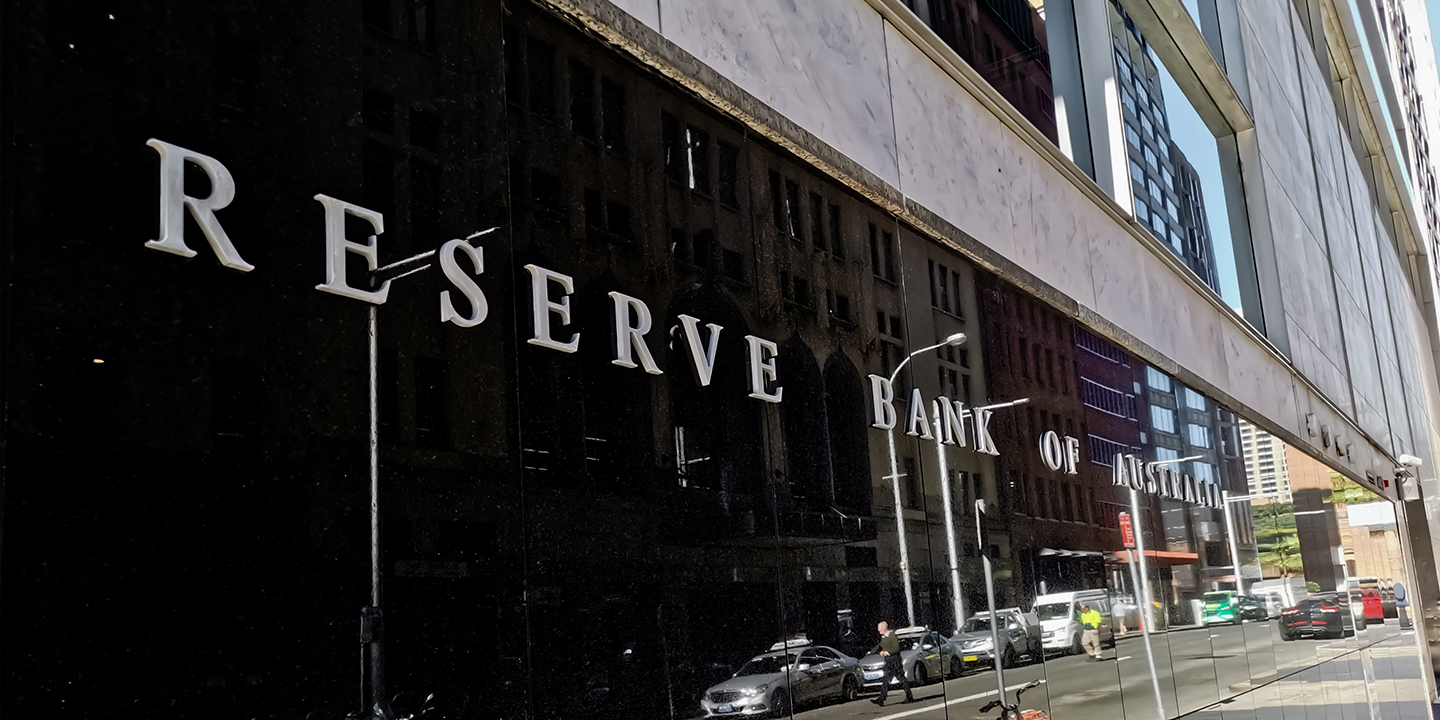Today I’ll be covering a range of topics, including the U.S. economy, tariffs and their impact on inflation, and what this means for the Federal Reserve.
I’ll also discuss how the funds raised through tariffs and employment influence job creation and why this is crucial for stock market performance over the next year.
Contrary to some concerns, the U.S. economy is not heading into a recession. Treasury Secretary Scott Bessent has highlighted the strong employment figures for March, with 228,000 new jobs created. However, a closer look reveals that nearly all of these jobs were in the services sector, particularly in private service providing (197,000 jobs), healthcare (77,000 jobs), and leisure and hospitality (43,000 jobs), with very few jobs in manufacturing.
This underscores the need for a Reciprocal Trade Act to revitalise U.S. manufacturing.
On the tariff front, Kevin Hassett, Director of the National Economic Council, announced that the U.S. is negotiating with 130 countries to establish individual tariff agreements. Most of these countries will face a 10% tariff, though exemptions are being considered for American firms operating in China, particularly those exporting smartphones, computers, and computer chips to the U.S.
With this 10% tariff applied across these nations, it’s worth examining its effect on U.S. inflation. The latest core CPI inflation rate in the U.S. was 2.8%, which is close to the target of 2.5%. However, as imports account for roughly 13% of domestic demand, a 10% tariff could increase inflation by 1.3%, pushing the total inflation to 4.1%.
Using my Fed funds rate model, I factored in this higher inflation rate. The current Fed funds rate stands at 435 basis points, and with the next meeting scheduled for 5–6 May. My model suggests an equilibrium inflation rate of around 4.07%. This gives the Fed room to cut rates, not by three cuts as speculated last week, but by one, equating to a 25-basis-point reduction. Last week, I estimated the fair value for the S&P 500 at 5,324 and the ASX 200 at 5767 for the year. Markets have since approached these levels, but unlike the past few years, where markets surged and kept climbing, I believe they will now stabilise closer to fair value. The corporate bond market is less bubbly than before, which supports this more sombre outlook.
Scott Bessent also noted that the previous stock market run-up was driven by the ‘Magnificent Seven’ tech stocks. This was fuelled by America’s dominance in artificial intelligence. However, as China has demonstrated its own AI capabilities, the market then peaked and is now likely to align more closely with global fair value.
Looking ahead, Peter Navarro, Senior Counsel for Trade and Manufacturing in the White House, provided key insights yesterday. He estimates that the 10% revenue tariff will generate approximately $US650 billion, which will significantly boost corporate tax revenue. This cash flow will support a major bill, expected to pass mid-year, that will lower U.S. corporate taxes from 21% to 15%. This reduction will substantially increase after-tax earnings, even without changes to current operations, and lead to a sustained rise in operating earnings per share in the U.S. market next year.
While this bodes well for 2026, the market will likely need to consolidate in the near term. It will need to do more at the current level before experiencing a significant run-up, particularly next year.











